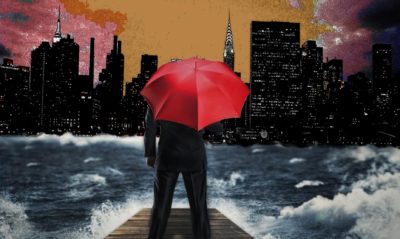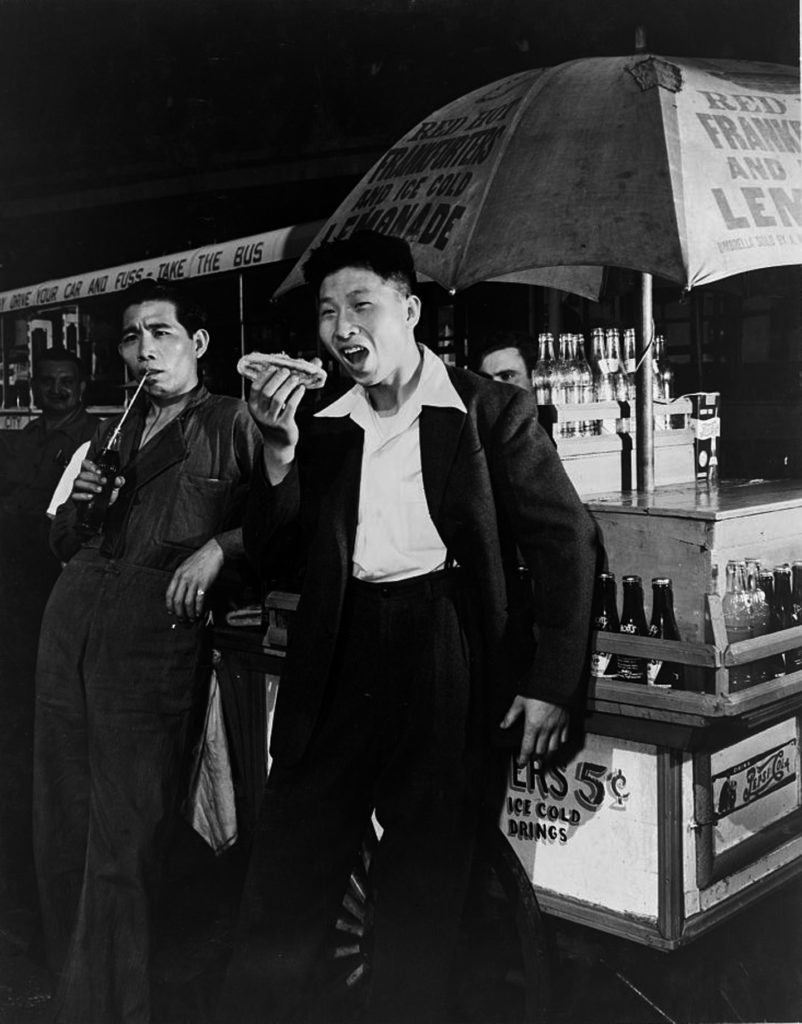It is perhaps appropriately ironic that some of the best resources for understanding the media disruptions also come from California.
The social analyst Frederick J. Teggart came to New York City to help plan for the era after World War I. He was keen to identify the disruptive changes that would release the potential for innovation while also contrarily working to repair the old ways. Teggart had just published Prolegomena of History which had established him as one of America’s rising stars in historical analysis. His book identified intrusions, disruptions and catastrophes as the main cause of historical change. Consequently, his model opposed the theory that society was always progressively evolving toward better times. The social historian’s approach fit right into the times of the Great War.
Before World War I, social evolutionists claimed that the world was progressively getting better and better. They said that social problems, economic scarcity and superstition were giving way to enlightened social and economic policies based on scientific knowledge. In intellectual circles the idea of progress was triumphing. In popular culture a rampant boosterism promoted various schemes to wealth and happiness. The optimistic era reminds us today of the triumphalism of the Western democracies after the fall of the Soviet Empire in 1989.
The existential smiles of the progressive prophets died in the 25,000 miles of trenches of the Western Front of World War I. In The Great War and Modern Memory historian Paul Fussell itemized the checklist of embittered, disillusioned optimists. The very substance of their imagination changed. For example, since dawn was the favorite time of launching attacks, dawn’s optimistic meaning was eclipsed by “the misery of the dawn,” as poet and soldier Wilfred Owen put it.
Teggart himself had had no illusions that were left to be shattered by World War I. He had suffered through the 1906 Great Earthquake as a librarian at the Mechanics Institute in San Francisco. He had lost his entire life’s work, including his almost completed magnum opus. On the other hand, he wasn’t a total pessimist. Through his studies of the history of California, he had discovered that though immigrants had brought continual disruptions, the aftermath allowed new innovations in social life to arise.
In particular Teggart came to believe that the end points of trade routes such as New York City meant that discrepant ideas and multiple peoples were thrown against the status quo, crumbling the cake of habit and custom and forcing responses. These responses could result in relatively better conditions or worse ones. New ideas and artistic modes might arise.
He found that there were four main responses in such situations: rejection of the disruptions in favor of reinstituting the status quo; fleeing the invaders or new ideas; dissolution; or a creative synthesis of the old and new into social innovations that eventually resulted in the establishment of a new status quo.
Although Teggart’s advice did not play a major role in the settlement of World War I, he returned to California from which his scholarship on innovation came back to New York through the work of his followers, sociologists Robert A. Nisbet and Robert Park.
Shortly before he came to Columbia University in 1972, his protege Nisbet considered how tradition, custom and habit become disrupted. In his Social Change and History Nisbet wrote that fundamental change is not a development along predictable paths guided by smart elites or the cunning of history. Rather, change is like New York: it is messy, unpredictable, often with radically quick turns executed by the intense clash of ideas and peoples mixed together into one city. And, of course, not all of the innovative activity is very positive for the city.
In fact he came to the city at a time when it was threatening to become a giant pothole. So, Nisbet spent most of his career in finding out how to repair the customary way of doing things at a time which he associated with “the decline of community.” He perhaps did not fully realize the potential ameliorative effects of the massive migration and peoples and religions that was just beginning to pick up steam in the city.
Robert Park, another disciple of Teggart and also the founder of American urban studies, was much more attuned to the positive aspects of massive immigration and other disruptions. Working as a newspaper reporter in New York City and as an amanuensis for the legendary African American educator Booker T. Washington, Park brought to his urban studies at the University of Chicago an excitement about the possibilities of the urban maelstrom. He even identified certain areas where the mix was most intense and determined the destinies of cities.
His work particularly fits the social reality of New York City after 1970. New immigrants, migrants, hobos, crooks, artists, and other marginal peoples, Park believed, brought an outsider’s perspective that was independent of the status quo of central city elites. For example, studies done later found that in the United States immigrants win a very large share of Nobel Prizes for science. Park called this area in which the migrants and immigrants first settled, “Zone 2” or “the Zone of Transition.” Like the cambium growth ring of a tree, this zone is where the new cultural and social formations get their beginnings.
In New York City Zone 2’s in the 19th Century were the Lower East Side, Greenwich Village, the Tenderloin, Williamsburg and Greenpoint and, now, the edges of the gentrifying neighborhoods, the areas alongside the #7 subway line, the South Bronx and other immigrant/migrant settlements. However, the Zone 2 areas diffuse into so many areas that New York City could be called “the Zone 2 City” (though the calcification caused by great concentrations of money and elites threatens to overwhelm the creative potential of the city).
Key religious changes and aesthetic innovations will likely grow out of the Zone 2s of the city. Wherever there are fast growing “Zone 2s,” there will likely be increased levels, at some point, of the planting of new worship sites, religious innovation, religious joining and switching. The beginning of the expansion of “Zone 2s” is likely to be the optimal time to start up a project like A Journey through religions because there is plenty of unnoticed religion news.
Religion news reports should be aesthetically rooted in these Zone 2 realities of disruption, uncertainties and exploration of new frontiers of faith. Their narratives will not be so smooth but full of stops, regressions, sudden progress and turning points. The rhetoric of such stories will be filled with disgressive devices like “if not for the grace of God go I” or “picking up the pieces,” or a “life-turnaround.”
The contradictory environments that have arisen in New York City has its origins, partly, in the intrusion of new digital technologies, particularly those from Silicon Valley. This disruption of the industrial age news media is still in progress. Yet, the ability to create complex and contradictory displays for the news reports is also optimized by the quickness and easy usefulness of digital technologies.
Next, we will sketch out a chronology of the media disruptions.





Leave a Reply